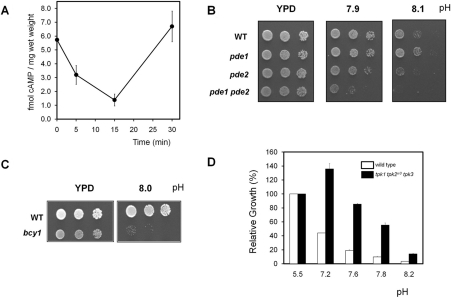Figure 2. Changes in PKA pathway activity influences high pH tolerance.
(A) Wild-type BY4741 cells were subjected to alkaline pH stress as described in the Materials and methods section and cultures were processed for cAMP determination. Results are means±S.E.M of at least four independent experiments. (B) Wild-type (WT) W303-1A cells and their derivatives pde1 (CCV35), pde2 (PM942) and pde1 pde2 (CCV36) were spotted on to YPD plates adjusted at the indicated pH values. Growth was monitored after 2 days. (C) The BY4741 strain (WT) and its bcy1 derivative (MAR231) were grown on YPD plates adjusted at the indicated pH for 3 days. (D) Wild-type strain BY4742 (open bars) and its derivative DC90 (tpk1 tpk2w3 tpk3, closed bars) were grown on liquid YPD medium as described in the Materials and methods section. Growth is represented as the percentage over the same strain at initial pH 5.5. Results are the average±S.E.M. from two independent experiments.

